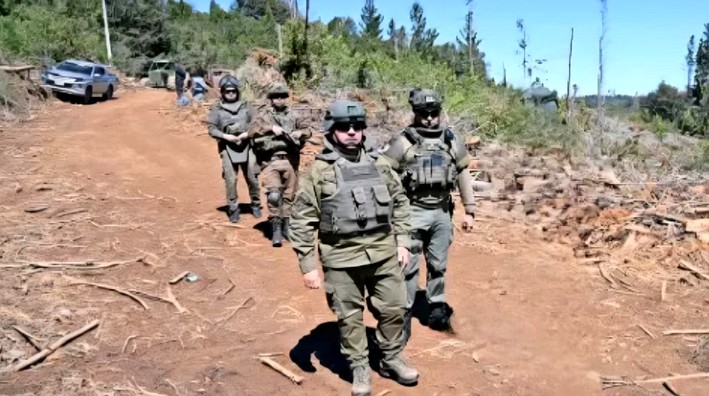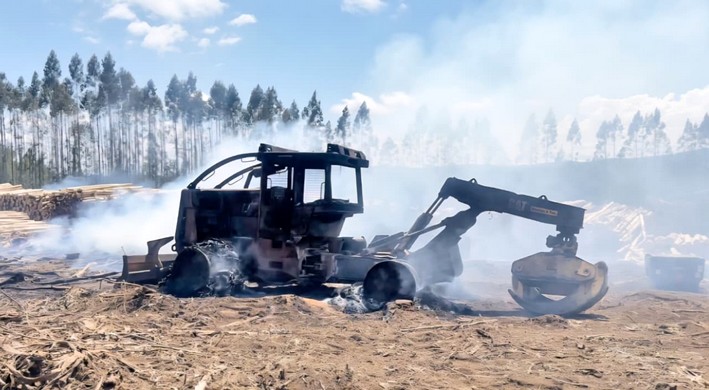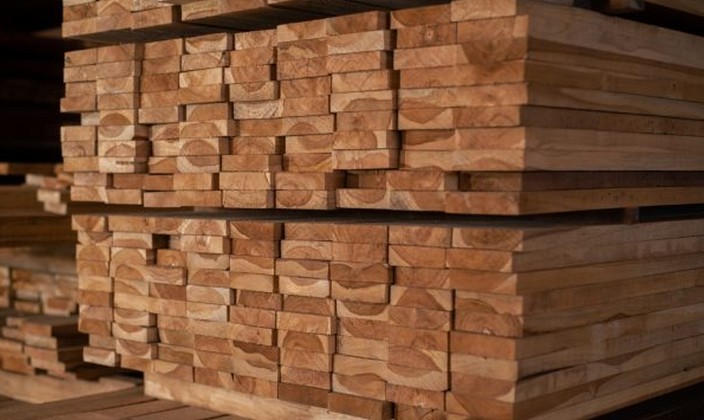Landscape: The Key to ARAUCO's Current and Future Work
Productive Protected Landscape is the management model that ARAUCO is beginning to implement after extensive work to define the landscapes and local-scale systems that will be key to the sustainable development of the territories.
This model is a way of viewing the territory at a landscape scale, allowing the integration of the company's production with environmental conservation and biodiversity in a context of economic and social promotion and development. "Our goal is to align our way of doing things with a local perspective, addressing the challenges of each territory, and striving to be, from a productive standpoint, protagonists in the positive development of the diverse places we are part of. We don’t want to be part of a problem but part of the solution," says Ricardo Austin, ARAUCO's Heritage Manager.
To achieve this, the company has structured its operations across 22 landscapes, focusing on five major challenges:
• Dialogue: Building alliances with the territory through ongoing dialogue.
• Protect: Incorporating processes of best practices and continuous improvement in environmental matters, biodiversity monitoring, and socio-environmental variables.
• Produce: Planning the use and management of operations at a local scale.
• Know: Broad internal and external communication—knowing and being known.
• Contribute: Through our actions, fostering a virtuous relationship with the different territories.
What is a Productive Protected Landscape (PPL)?
It is a defined territory that includes both production areas and environmental protection areas in harmony and connected with the surroundings and social development. These are managed under a governance model that contributes to integrating elements unique to each place, as well as pooling efforts and partnerships among public and private stakeholders in the territory.
Productive activities are planned from each landscape. Why? Because operations generate human, economic, technical, and other resources necessary for preserving the natural environment and fostering economic and social development activities. Thus, forest management—in this case, the entire process from planting to supply—becomes part of the "solution" rather than the source of controversy.
These PPLs incorporate local identity, productive attributes, as well as other specific and traditional economic activities (agricultural, fruit-growing, industrial, mining, livestock); communities and social and cultural components, along with environmental aspects from both ARAUCO and other stakeholders.
Why develop this model?
Because the company seeks responsible and sustainable forest production management, ensuring it complements and enhances the social and environmental development of the territories. "Because we have a legacy and a value that we can now multiply in each territory by preserving its traditions and local identity; building alliances with local stakeholders and, above all, transforming into a company that generates well-being for neighbors economically, environmentally, and socially," says Juan Anzieta, Manager of People, Environment, and SSO.
"And because it is a path that strengthens our purpose as a company: To contribute to improving people's lives by developing forest products for the challenges of a sustainable world," adds Austin.
Development Programs
Currently, the company has various development and community engagement programs available to the landscapes to enhance their territorial impact.
• Water Challenge: Created seven years ago, it has impacted over 40,000 people by improving infrastructure for better access to water resources.
• Restoration and Native Forest: The goal is to restore 50,000 hectares with native forest.
• No More Fires: A robust fire prevention program that annually reaches over 3,000 people, including children, youth, and neighbors, in collaboration with local and national stakeholders like CONAF, firefighters, and police.
• Open Forest: As the name suggests, it aims to open the company's heritage to showcase the vast diversity of landscapes and activities nature offers in sports, recreation, tourism, culture, education, and research.
• Housing: Seeks to promote housing access for workers, service provider collaborators, and families in the company's area of influence. This is achieved through technical support programs for public subsidy applications, financial aid for hiring expert third parties for project development, technical search and evaluation of residential land, and collaboration with public and private organizations.
Engagement Legacy
In Chile, ARAUCO manages a heritage of 1,050,246 hectares, of which 74% are productive and 26% are native forests; it operates in seven regions, engaging with 120 municipalities. For over a decade, it has implemented actions and strategies in its Forest Management to operate under demanding international standards, prioritizing the balance between economic, environmental, and social aspects.
In Argentina, the company launched this model a few years ago, achieving significant results in neighbor relations. "It is, without a doubt, a concrete opportunity for our operations to multiply their value in each territory while preserving local traditions and identity; building alliances with local stakeholders and, especially, transforming into a company that generates well-being for neighbors economically, environmentally, and socially," says Austin, who initiated this same program when leading forestry operations in the neighboring country.
"Few companies in the world have the opportunity to work on such a long-term basis as ours. In fact, at ARAUCO, we plan and work on 25- or 12-year cycles depending on the species (pine or eucalyptus), and in this context, what we do today will impact generations yet to be born. Therefore, this way of managing and administering our heritage will allow us to think about the sustainability of the territory, preserving it for future generations, and especially, ensuring ARAUCO is just another neighbor," says Anzieta.

















